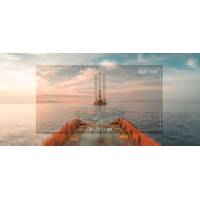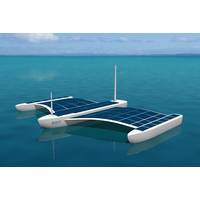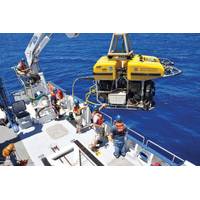
Connecting the Dots: From Remote Operations to Full Autonomy
;s existing systems and network infrastructure.“Ultimately, it's Harvest's proprietary protocol which differentiates us from others operating in this market,” said Adam Ford, Special Projects Lead. “Our typical offshore customer’s networks are dependent on satellite connections in remote locations where communications are rightly considered critical. However, due to physical, technical, and operational constraints, these networks are often plagued with errors such as high latency, jitter, packet loss, and often limited in bandwidth from the beginning.”&ldquo
European Scientists Coordinate Open Ocean Observatories
planning spans from polar to sub-tropical climatic zones and from the Atlantic to the Mediterranean sea of Marmara and the Black Sea. This offers a broad spectrum of study areas across diverse environments. Critically, the systems can send data to land through seafloor telecommunication cables or satellite connections from surface buoys. Test sites are also fundamental facilities for devices being incorporated into EMSO nodes. With observatory initiatives from Canada, USA, Japan, China, Taiwan and Australia, EMSO rides a global wave of understanding that ocean processes drive our planet

USV Powered by Renewable Energy
unique sensors developed by EMP. These sensors will be able to collect data from above and below the waterline. The collected data ould then either be stored on-board the vessel and/or transmitted back to a ship or shore office. Data transmission will be possible via Wi-Fi, mobile phone or satellite connections. The Aquarius USV's shallow draft and low height will allow it to operate on urban waterways, rivers, bays and lakes in addition to being suitable for coastal waters and missions at sea. If needed, the masts can also be lowered (optional) to give the vessel a stealth capability. Typical

URI Scientist Seeks Technology Solutions
. Robert Ballard. Opened in 2009, the ISC is to ocean exploration what Houston is to the space shuttle. The ISC is a facility that establishes real-time connectivity – “telepresence” – between scientists onshore and remotely operated vehicles onboard research ships using satellite connections and Internet. The ships stream video back to the ISC lab, which repackages the images for dissemination to school systems and a network of scientists around the country. The goal is to broaden the reach of the activities of the ship by allowing more people to take part in the exploration


 February 2024
February 2024





